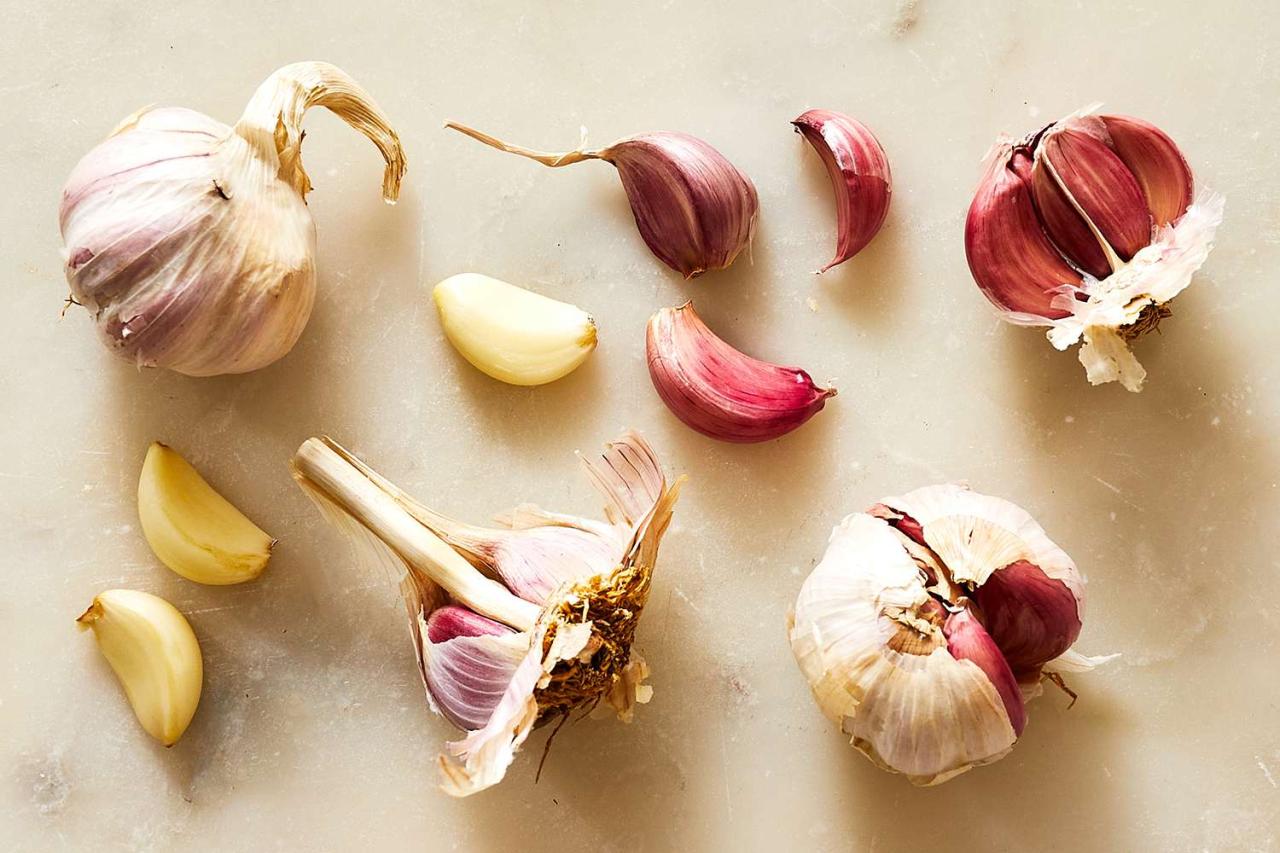Garlic seasoning and medicine with amazing qualities is known to people 6,000 years ago. Even then he had wide application – as a spice, food, medicine. Its specific taste and aroma it among the kings of spices.
To his homeland considered Central and Southwest Asia. Later it spread worldwide. His rich chemical composition makes it one of the most useful and used plants.
Garlic is rich in vitamins (C, A, B1, B2, B3, B6, B9, PP, E, ETC.), salts of sodium, potassium, calcium, phosphorus, iron, sulfur and magnesium and many other trace elements.
Garlic contains phytoncides, which are powerful natural antibiotic destroying bacteria. It contains phytohormones, proteins, nitrogenous substances, carbohydrates, cellulose, starch, tannins and acids.
Its regular consumption protects the body against many diseases. It is extremely useful, lowers cholesterol levels, blood sugar and blood pressure. Regular adoption protects against stroke, heart attack and blood clots.
Successfully fight bacterial and fungal infections. It recommended for loss of appetite and improve digestion. Garlic influences well metabolism and regulates the metabolism of iodine and fat.
He owns and detoxicating function, relieves breathing in asthmatics. Caution must however be taken from suffering from liver and kidney disease.
Eating garlic

This universal seasoning successfully used in home cosmetics. Rubbed into the hair roots, it stimulates its growth.
When hair loss is recommended that a mixture of five cloves of garlic (chopped), one tablespoon of fat and 120 ml of warm wine.
The mixture was rubbed into the washed hair, after which the head is wrapped in plastic and cloth. Stayed there for about an hour and wash with mild soap.
Here are some tips of garlic

We can remove the strong smell of garlic orally, chew a sprig of fresh parsley, a few coffee beans or a cup of milk. Pungent taste of old garlic will remove by removing the green germ in the middle. Peeled garlic cloves can keep longer if placed in a jar and pour oil.
Garlic is a widely used ingredient in many cuisines around the world, appreciated for its distinctive taste and purported health benefits. Its use dates back thousands of years, with evidence of its consumption by ancient civilizations. Botanically known as Allium sativum, garlic is related to onions, shallots, and leeks.
When working with garlic, there are several tips that can optimize its use in cooking:
- Picking the right bulbs: Fresh garlic bulbs should feel firm to the touch and the outer skin should be dry and papery. Avoid bulbs that are soft, have evidence of mold, or are sprouting, as these are signs of age and declining quality.
- Storage: Garlic should be stored at room temperature in a well-ventilated area. This helps to maintain its flavor and extend its shelf life. Garlic can be stored for several months under the right conditions.
- Peeling: To easily peel garlic, you can crush the clove slightly with the side of your knife, which loosens the skin. Alternatively, soaking cloves in warm water for a few minutes can help the peeling process.
- Crushing versus slicing: The preparation method affects the flavor. Crushing garlic releases more of its oils, resulting in a stronger flavor, while slicing results in a more subtle taste.
- Cooking: Garlic burns easily and can become bitter if overcooked. It should usually be added after the other ingredients have started cooking, depending on the dish preparation requirements.
- Health benefits: Garlic contains compounds that are believed to have health benefits, including allicin, which has been studied for its potential antibacterial and anti-inflammatory properties.
- Preserving: Garlic can be preserved in various forms – pickled, confit, dehydrated, or as a flavor-infused oil.
To encapsulate garlic’s acclaimed qualities, it is often celebrated for its possible protective cardiovascular effects, its antioxidant capabilities, and its antimicrobial activities. However, while many of these effects are promising, it is important to approach garlic supplementation with a degree of caution, as definitive clinical evidence is not always robust, and it cannot replace conventional therapy for serious conditions.
The use of garlic in traditional medicine systems underscores a historical acknowledgment of its potential therapeutic value, but as with any natural product, individual responses may vary and interactions with other medications need to be considered.
In conclusion, garlic possesses a number of qualities that have earned it the reputation of a kind of ‘amazing medicine’ in the popular imagination. However, those considering garlic for medicinal purposes should do so with an understanding of the scientific evidence, potential benefits, and limitations, and should consult healthcare professionals where appropriate, particularly regarding its incorporation into any treatment regimen.